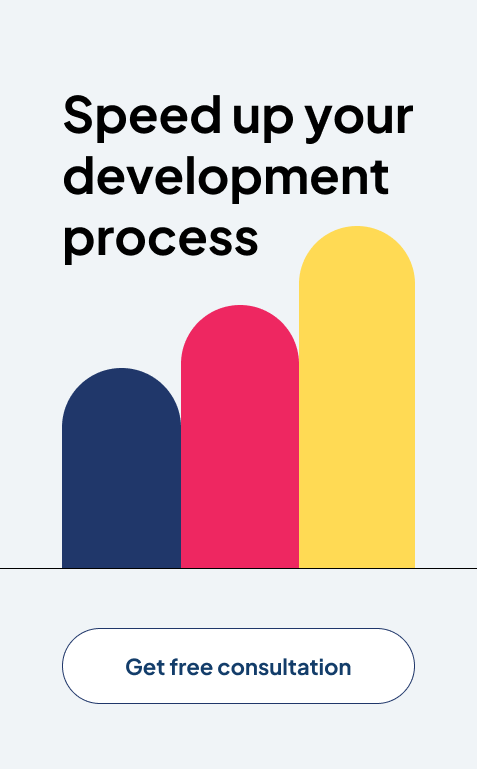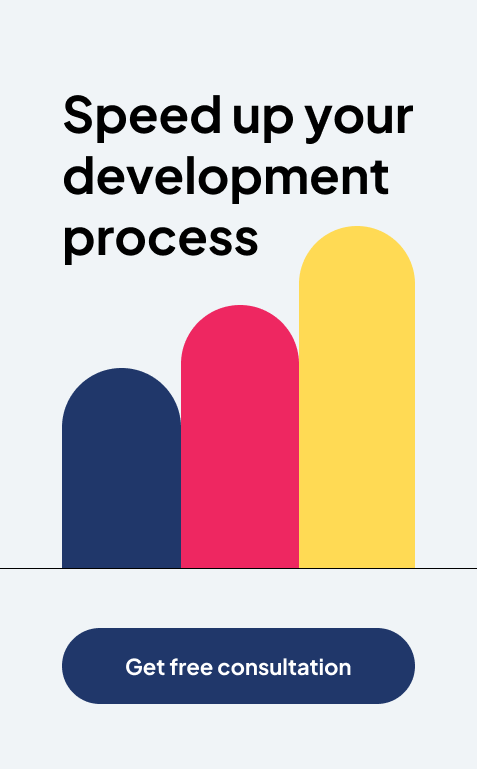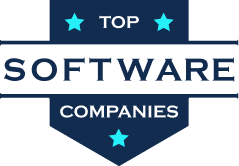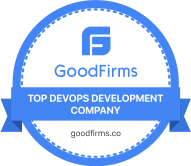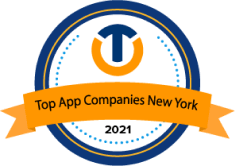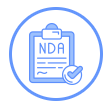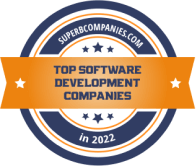Agile Development in Outsourced Teams: How It Really Works

The business environment today is highly volatile. A new trend emerging from nowhere can cause massive disruptions. Sticking to standard operating rules just doesn’t make sense. Today, there’s only one route to success: your ability to innovate and adapt.
Software development outsourcing helps startups achieve exactly that. By giving you access to global talent, it plugs in skill gaps in your own team. Intelligent minds working on your project ensure that you get something novel that efficiently solves the problems of your end users.
Recently, Agile outsourcing has been the go-to model for successful startups. But how does it help? This approach expedites project delivery by leveraging skilled teams. Agile developers rapidly iterate, test, and release your product in a much shorter time.
Undoubtedly, Agile outsourcing is a result-driven model for startups. Let’s find out more about how it works.
“Many ideas grow better when transplanted into another mind than the one where they sprang up.” — Oliver Wendell Holmes
Why Startups Need Agile in Outsourcing Software Development
Software development today is undeniably challenging. The rapid technological advancement and greater project complexity are the two main reasons. But the biggest factor is the constant need to innovate. All this has made the landscape very tough for developers.
Stressed-out teams are a common sight. Did you know that over 80% of developers
suffer from burnout at work? This is most true when the project is complex. There are various obstacles that a team faces along the way. This leads to project delays. Missed deadlines are another part of this problem. All of it causes burnout among members. Moreover, limited in-house resources leave core projects vulnerable.
Agile outsourcing solves all these issues. It offloads specialized or routine tasks to skilled IT specialists. Thus, it alleviates the pressure that your in-house team faces. At the same time, it ensures that your project maintains momentum despite a resource shortage.
What Is Agile Development in Outsourced Teams
This model involves tying up with an external provider to use Agile approaches in projects. Agile outsourcing differs from Agile software development carried out in-house in one crucial way. The In-house Agile approach mainly involves iterative development in a single team. Agile outsourcing focuses on collaboration between the external Agile team and the in-house team.
It means that the usual Agile approach emphasizes the need to adapt and gather feedback within one team. Agile software outsourcing expands these rules to a broader setting. Just following Agile doesn’t promise results. What is more critical is the alignment of your vendor with this agility. This leads to a fluid mix of outsourced and in-house Agile workflows.
Agile demands a cross-functional team. This team collaborates closely during agile sprints. Fruitful Agile outsourcing requires a team to share data, solve issues, and create MVPs. It demands that team members work as equals. They should have the freedom to change direction when needed. In an optimal Agile model, both teams should execute together.
The Dynamics of Agile in Outsourcing
To better grasp this approach, you must know what its critical parts are. These are sprints and daily stand-ups. When your outsourced and in-house team follows these two, it ensures a winning product launch.
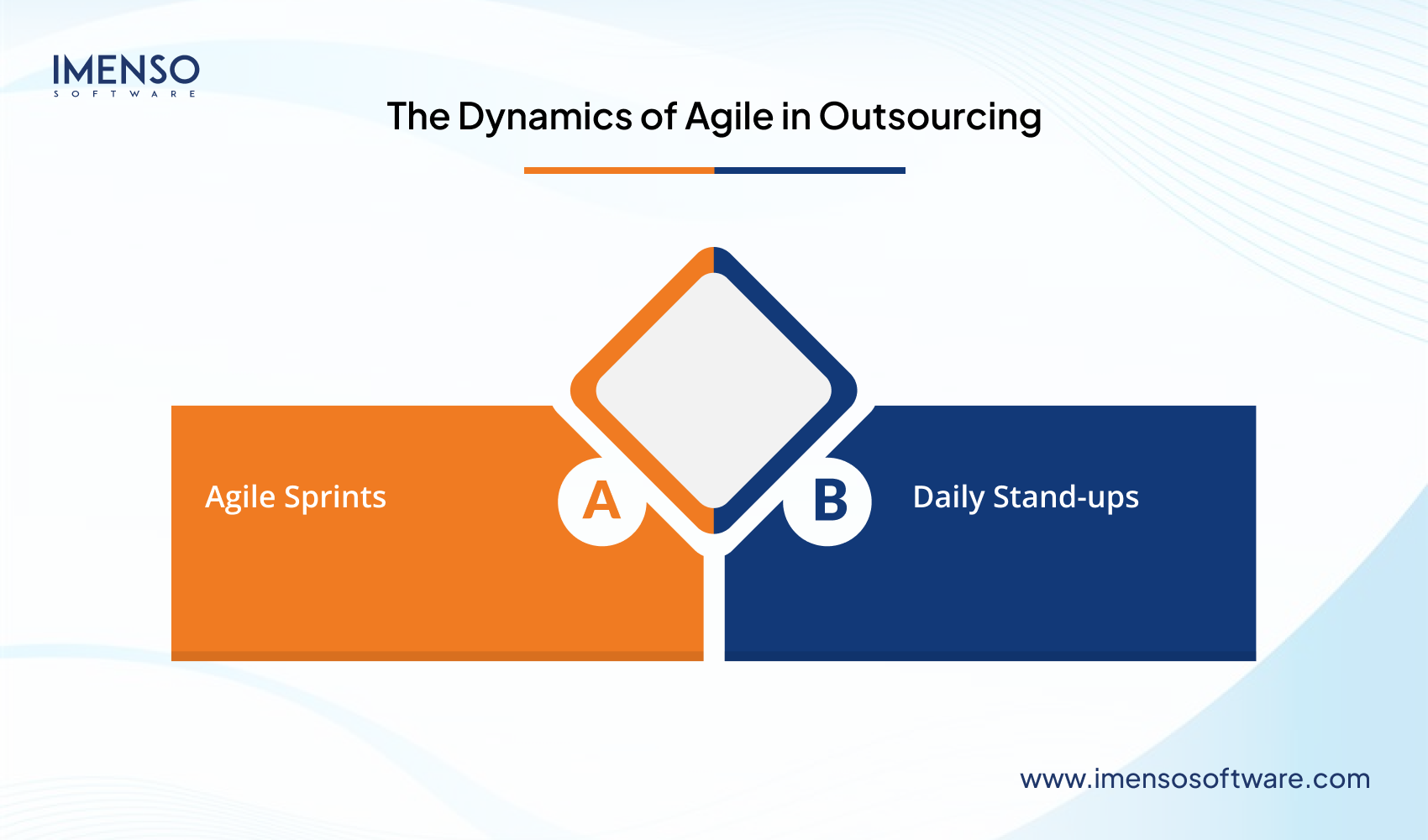
1. Agile Sprints
An Agile model breaks down work into smaller parts. These are the sprints, and they last from 2 to 4 weeks. A sprint is a work cycle. Here, the team develops and tests specific features.
The Value of Sprints
- Sprints break your project into smaller chunks. It lets the teams focus better on certain tasks. Since they work on a smaller part of a big project, they are able to put all their effort into it. Thus, it leads to top-quality work.
- Every sprint delivers a potentially working product. The stakeholders can review it and offer feedback. They can adjust the product as per their needs. It ensures that the software is continuously polished to perfection.
- Short sprints make it easy to accommodate changes. For example, if during the project, the needs evolve. In this case, the team can adapt to the next sprint quickly. This happens without disrupting the project.
2. Daily Stand-ups
Another core tenet of Agile outsourcing is the daily stand-ups. They are short 15-minute meetings. Here, the team aligns on their goals. In a stand-up, each team member inquires about what they worked on yesterday. They also tell what they will work on today. Finally, they express any obstacles they are facing.
The Value of Daily Stand-ups
- Stand-ups bring everyone on the same page. Both the in-house and the outsourced teams know what each member is doing. They know exactly how their work is helping the larger goal.
- Members express any obstacles they are facing. This leads to brainstorming solutions. This proactive approach leads to a swift resolution of urgent issues earlier.
- Stand-ups between both teams make way for better collaboration. It allows teams to coordinate better. They can offer help to members when needed.
- Stakeholders gain a clear view of the project’s progress. They become aware of the daily processes of the team.
“The agile way is customer-centric, purpose-driven, capability-based and talent-oriented.”
― Pearl Zhu, Digital Agility: The Rocky Road from Doing Agile to Being
How Do Successful Startups That Outsource Agile Development Work?
Agile outsourcing can give you the results you want. But that only happens when you follow the best practices. Below are the various ways that can help you achieve that.
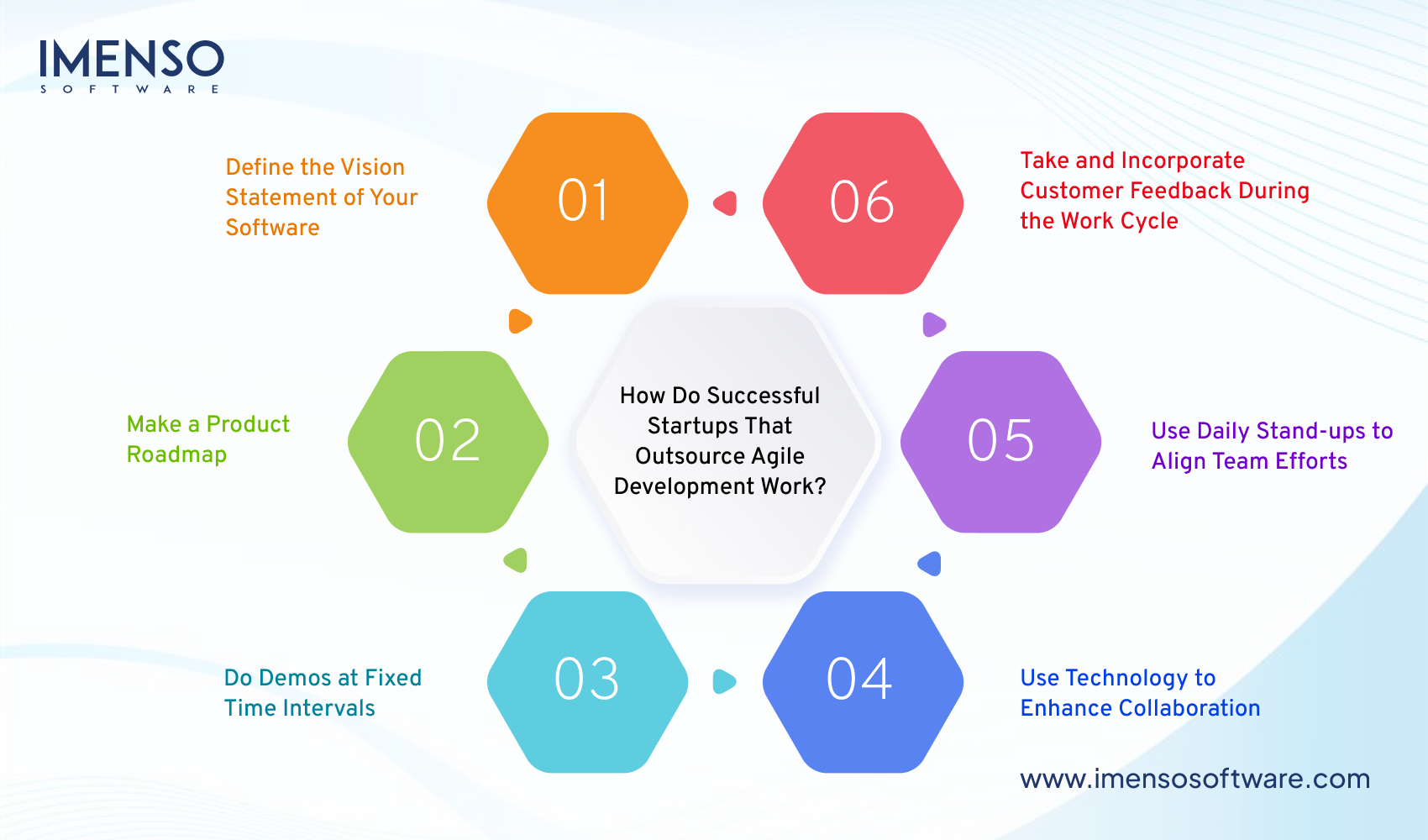
1. Define the Vision Statement of Your Software
Before anything, you must find the volume of all tasks. Determine how much you have to complete by a specific date. This lets you build the scope of work. It is the work strategy that your team will follow. The scope of work should be very detailed. It should have the relevant checkpoints, reports, and timelines for all project deliverables.
Now, divide the project into small parts. This makes the work cycle more flexible. Your team can change the task priority as per the feedback and market changes.
2. Make a Product Roadmap
The product roadmap is a high-level view of everything needed to achieve your project’s vision. To create it, divide the scope of work into time intervals. Remember, a product roadmap is not set in stone. You should expect it to change if the requirements of your project change.
The product roadmap should clearly tell how development will occur for your outsourced and in-house teams. Agile teams must follow sprints to ensure the project’s progress. Sprints allow them to see the progress within a short time span and make changes as needed. This ensures that the product vision laid out in the roadmap is met.
3. Do Demos at Fixed Time Intervals
A demo shows you the intermediate result at the end of every iteration. It tells you what your team has done during the sprint. You can assess whether the progress meets your requirements.
It’s critical to give constructive feedback to outsourced and in-house teams. You must also properly assess the iteration. It will help you find loopholes and strengths. Based on this, you can work on resolving any obstacles.
Both in-house and outsourced teams are part of a demo. Doing demos regularly also ensures better collaboration among teams.
4. Use Technology to Enhance Collaboration
Agile outsourcing thrives on good collaboration. Remember, there are many differences in locations and time zones. Successful startups never let these things hinder their project’s progress. They invest in collaboration tools.
Tools like Slack, JIRA, and Trello ease the workflow. They ensure that both teams know whose doing what. This leads to better team management.
Remember the points below for maximum communication efficacy
- Availability of every team member to communicate with each other. This helps resolve issues timely.
- Transparent communication for members in both teams.
- Communicate and document every decision.
- Build a single vocabulary to smooth out communication. It helps avoid misunderstandings and ensures clarity.
- Building a single vocabulary to smooth the communication context will help to improve clarity and avoid misunderstandings.
- Keep a consistent time for calls and video meetings
“In teamwork, silence isn’t golden, it’s deadly.” — Mark Sanborn
5. Use Daily Stand-ups to Align Team Efforts
Daily stand-ups are a core element of Agile outsourcing. Since teams work in different time zones, you must work out a 15-minute timeframe when everyone can get together. In this short meeting, team members should share what they are doing and if there are any issues. Daily stand-up aligns team effort. It ensures that everyone is working toward the product’s vision.
6. Take and Incorporate Customer Feedback During the Work Cycle
The end goal of your software is to solve your users’ problems. It should bring value to them. For this, it’s critical to ask for customer feedback during the entire work cycle. Use the feedback to improve the product by adding new features.
Remember, lack of communication can derail your efforts. With Agile outsourcing, there’s always a risk of the external team not understanding your requirements. So, conduct user testing and record videos. Share user stories with your team. All this will make it easier for both teams to achieve the project’s vision.
How to Beat Challenges in Agile Software Development Outsourcing
Outsourcing agile software development is not free from challenges. You must challenge them to benefit from this approach.
Scope Creep
Agile projects are iterative and flexible. This can cause scope creep. If you are unable to manage the project’s scope, then the process will go off track.
Cultural Differences
Cultural differences affect communication, collaboration, and general understanding between the teams. Both teams must be aware of these differences. Clear dialogue is key to avoiding them.
Time Zone Variations
Working across different time zones leads to communication issues. It prevents teams from working in sync. To avoid this, set overlapping work hours. Use collaboration tools for effective dialogue.
Misaligned Expectations
Clear communication and clarity over the project’s goals are critical for both teams. Frequent updates and feedback loops help clear any confusion. It ensures that every member knows the current goals and their duties.
Overcoming the Pitfalls in Agile Outsourcing
To make agile software development outsourcing free of hurdles, the following strategies will be beneficial:
Risk Mitigation
Identify potential threats. Then, develop a plan to get rid of them. You must monitor and assess risks throughout the project. It helps address issues as and when they arise.
Effective Project Management Practices
Enforce project management best practices. These include proper communication channels, and definite roles and responsibilities. Regular progress check-ins are also crucial. Highlight the need for transparency and accountability throughout the agile work cycle.
Build and maintain a culture of transparency and trust
Transparent and open communication between both teams is crucial in agile outsourcing relationships. Regular communication and progress updates help with this. You must make efforts to align efforts and make the external team a part of the decision-making process. This helps build trust.
Conflict Resolution
When clashes arise, resolve them quickly. Determine its source. Communication should always be transparent. Mediate disputes, and have a follow-up plan to fix conflicts.
Agile Outsourcing to Accelerate Innovation and Market Fit
Agile development in outsourced teams is the amalgamation of the Agile approach with the usual outsourcing model. This process offers many benefits. These include rapid iteration, testing, and software release. Teams can adapt to the dynamic project needs quickly. All this occurs along with proactive communication between the in-house and external teams. This enables a startup to fill the gap in the market with its novel software. They thus position themselves to achieve a competitive edge and consequently drive success.
Frequently Asked Questions
- What are the 5 C’s of Agile?
Communication, collaboration, and customer focus make up the first 3 C’s of Agile. The other two Cs include continuous improvement and courage. These 5 elements are the pillars of a winning Agile workflow.
- How are Agile teams able to deliver high-value work?
Agile teams divide work into small tasks. This lets them focus fully on specific tasks. They ask for regular feedback and make changes based on it. There is cross-functional collaboration, which leads to better teamwork. All of this results in high-quality work.
- What should you look for when choosing an Agile outsourcing partner?
Consider factors like their expertise in the Agile approaches. Look at their earlier projects. Assess whether the team will be able to culturally align with yours. Finally, assess communication capabilities and security needs.
- What is the future outlook for Agile outsourcing?
New technologies like AI and ML will greatly affect Agile outsourcing. We can expect more remote work and global collaboration. Agile outsourcing is surely going to keep driving innovation in software development.
Want more information about our services?
Similar Posts

FinTech Cybersecurity – How to Build a Financial App with Proactive Security Measures?
Have you ever paused to consider the intricacies involved in the simple act of checking your bank balance on a mobile app? In a world where Financial Technology (FinTech) is rapidly reshaping our relationship with money, the convenience of managing finances at our fingertips is undeniable. However, lurking beneath the surface of these sleek interfaces […]...

ReactJS vs VueJS: A Comprehensive Comparison of Features and Performance
Both the ReactJS and VueJS JavaScript frameworks are widely used to create modern web applications. These frameworks have been used by a number of big-name companies and organizations to develop high-quality and efficient web applications. For example, Facebook’s web app is built using ReactJS, and the company has contributed significantly to the development and maintenance […]...

How to Balance Speed and Quality in Software Development
Remember when your competitor pushed out that new app, and it seemed like everywhere? That feels like a happenstance of the day before; in stark contrast, your team was still knee-deep in code. Your project felt like it was stuck in slow motion. You knew something had to change. But how? In software development, we […]...
